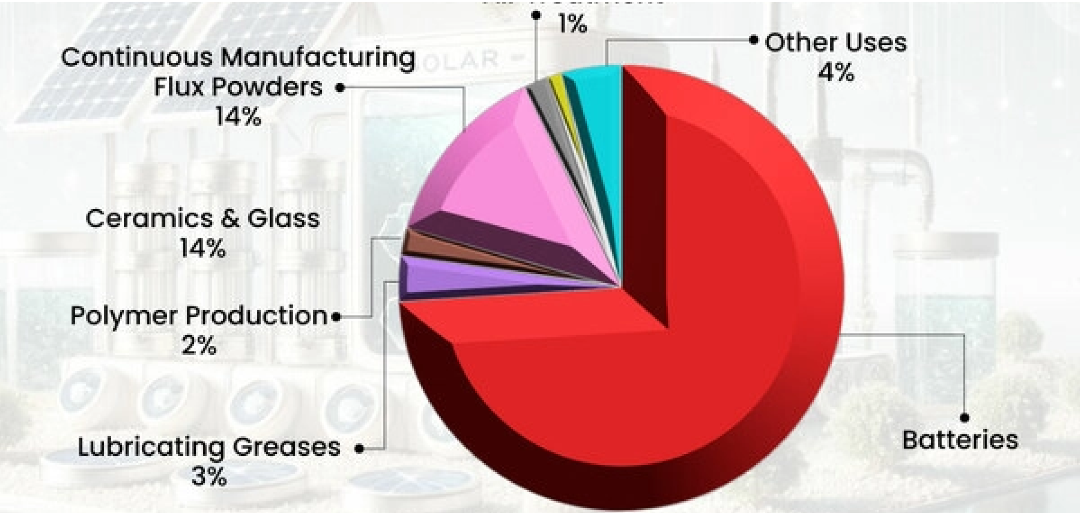How Cobots are Replacing Conveyor Belts in SMEs Market 2025
In 2025, The “Cobots” Adoption in SMEs Market will Begin Transitioning as Small and Medium Sized Enterprises (SMEs) in Europe, Asia, and North America are cross-adopting collaborative robots (cobots) to enhance intralogistics and material handling. Due to persisting customizations in work and labor shortages in 2025, SMEs are abandoning conveyor belt systems for mobile, adaptable solutions provided by cobots.
By 2025, the average deployment cost, having decreased by 18% year on year will make cobots much more accessible, according to the International Federation of Robotics. Universal Robots, ABB and FANUC reported SME adoption is growing in leaps and bounds in mid and light assembly as well as packaging automation where cobots are used instead of conveyor belts.
The change in 2025 is being aided by government-supported automation funding programs. For instance, Germany’s “Digital Jetzt” still funds SME’s investment in modern automation, and for 2025, it will help replace older mechanical systems. In the U.S., the AM Forward program in 2025 will aid in tax incentives, helping SMEs adopt smart robotics like cobots.
Strategic Partnerships in 2025 work towards a truly holistic approach by synergizing cobots into the existing SME Framework. In January 2025, Universal Robots and MiR (Mobile Industrial Robots) launched a modular intralogistics system that substitutes conveyor belts with autonomous cobot fleets that are piloted by over 500 SMEs across Europe.
The change in 2025 marks a shift in the operational necessity as well as the technological evolution. The SMEs are provided with enhanced scalability, safety, and reconfigurability with cobots, which is a significant improvement from fixed conveyor systems. There has been a notable increase in adoption with over 34% of global cobot installations now being used by SMEs, in comparison to the 27% in 2023.
The replacement of conveyor belts with cobots in SMEs enables a sharper focus on efficiency in the marketing strategies, enabling the broadened scopes of growth in 2025 driven by the combination of cost-cutting, work patterns, and smart automation policies.

